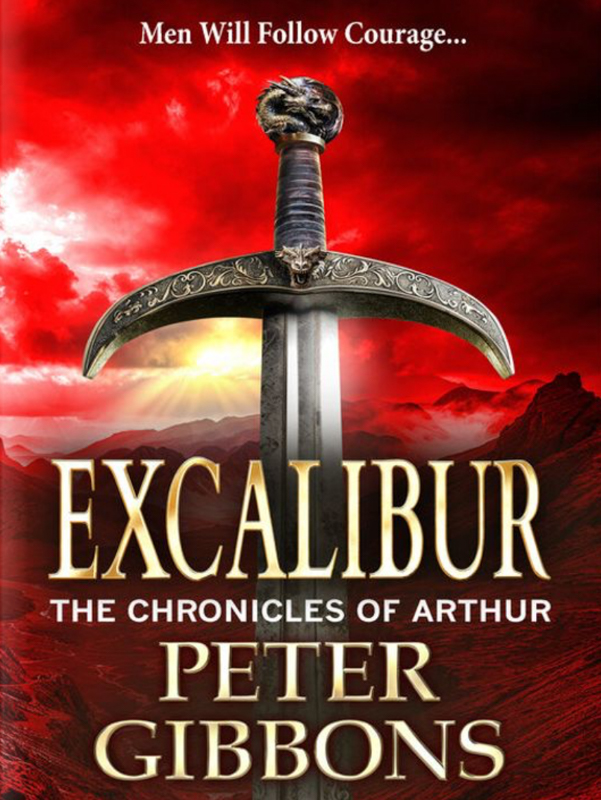Healing Anxiety and Depression
Background
Published in 2004, “Healing Anxiety and Depression” authored by Dr. Daniel G. Amen and Dr. Lisa C. Routh, explores the neurological underpinnings of anxiety and depression through brain SPECT imaging. The authors identify seven distinct types of these disorders, each associated with specific brain patterns. They provide tailored treatment plans for each type, incorporating medication, diet, supplements, exercise, and therapeutic support. The book also includes a self-diagnostic test to help readers determine their specific type, aiming to offer a comprehensive approach to managing and overcoming anxiety and depression.

My Thoughts
While it is now a dated resource, I enjoyed several of the ideas put forth in the text. First is the idea that it is helpful to see what the brain is doing before a round of medication is attempted. The authors liken this to trying to figure out why a car won’t start without looking under the hood. I like this idea for a number of reasons.
First, it makes sense. It is my personal belief that most psychotropic medications are prescribed without a clear understanding of the underlying problem. Therefore, they are given with the expectation that they will need to be adjusted based on changes in the patient’s symptoms. However, dialing in a medication can take several years, if the patient hangs on that long.
Second, if there is no understanding of the underlying problem, it is unclear which medication to try. While the doctor and patient are trying to find the right dosage, the medication itself might be going in the wrong direction. (For example, if you want to decrease activity in the basal ganglia, then you shouldn’t prescribe a stimulant.)
Third, there may be a structural issue in the brain causing the problem, such as the cyst in the temporal lobe given as an example in the book. This would not be impacted by medication, no matter the dosage.
I am interested in learning more about the costs involved with SPECT scans and where they fall in the spectrum of care today. I appreciated that the book discussed diet and exercise as important to a person’s mental health.
Recommendation
This book is fairly specialized and assumes a certain level understanding of chemistry and psychology. The first part of the book was mostly medications and their side effects. It was fairly dense reading and was harder to push through. If you have interest and a high school education, you should be able to make it through.
